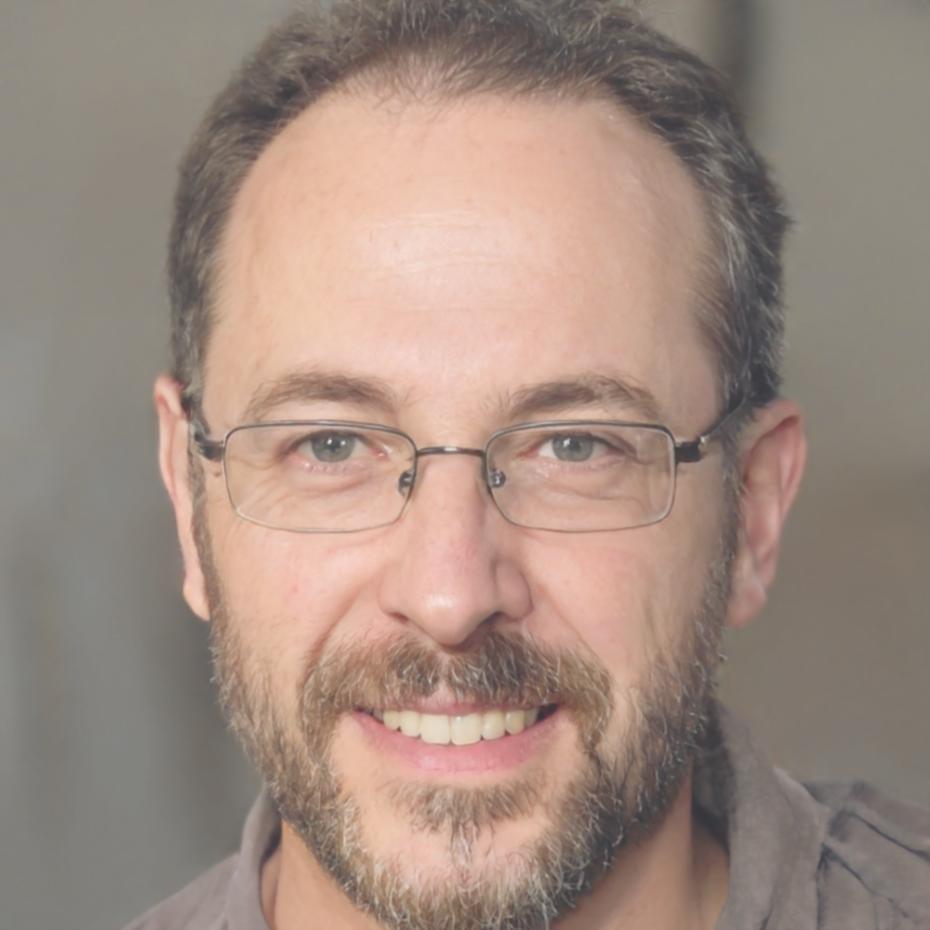Build Financial Models That Actually Work
Most finance professionals struggle with scenario planning because they learned formulas, not thinking. Our programs focus on practical modeling approaches that you'll use in real business situations—not just exam questions.
Explore Our Programs
Three Skills That Change Everything
After working with hundreds of finance professionals, we've seen the same pattern. People who succeed don't know more formulas—they think differently about uncertainty.
Variable Identification
Learn to spot which assumptions actually matter in your models. Most spreadsheets track everything—you'll learn to focus on the five or six variables that drive real outcomes.
Range Mapping
Build realistic parameter ranges based on historical patterns and market behavior. This isn't about guessing—it's about using available data to set boundaries that make sense.
Decision Framing
Structure your analysis so stakeholders can actually use it. The best model is worthless if decision-makers can't understand what you're showing them.


We Started Because Traditional Training Wasn't Working
Back in 2023, we noticed something odd. Finance teams would send people to expensive courses, they'd come back with certificates—and then nothing changed in how they actually built forecasts.
The problem wasn't the people. It was that most training teaches theory in isolation. You memorize sensitivity analysis formulas but have no idea when to actually use one versus running Monte Carlo simulations.
Start With Real Problems
Every module begins with an actual business decision. You build models to solve specific challenges, not to practice techniques.
Messy Data Welcome
We use incomplete datasets and conflicting assumptions on purpose. That's what you deal with at work—might as well practice with it.
Build Your Own Framework
By the end, you'll have a personal approach to scenario modeling that fits how you actually think and work.
What Changed For Them
These aren't success stories about promotions or raises. They're about professionals who can finally do the work they wanted to do all along.

Iskra Dimitrova
Financial Analyst, Sofia
Before this program, I'd spend days building detailed models that my manager would glance at and ignore. Now I focus on the three or four scenarios that actually matter for the decision at hand. Meetings are shorter and my recommendations get implemented.

Radoslav Petrov
Budget Manager, Plovdiv
The breakthrough for me was learning to work backwards from the decision. I used to build models and then try to figure out what they meant. Now I start by understanding what leadership needs to decide, then build only what serves that purpose. Saves me probably ten hours a week.
How The Program Actually Works
Our next cohort starts in September 2025. The structure is straightforward—eight weeks of focused work on progressively complex scenarios.
Foundation Building
You'll work through four basic scenarios to establish your baseline approach. We cover the mechanics quickly because most participants already know the tools—they just haven't practiced using them together.
Complexity Integration
Add multiple variables and interdependencies. This is where most people realize their mental model of how scenarios work needs adjustment. Expect some frustration here—it's part of the process.
Communication Practice
Build models specifically for presentation to different audiences. You'll practice explaining the same analysis to technical teams, executives, and non-finance stakeholders.
Capstone Project
Apply everything to a comprehensive business case. You'll have one week to deliver a full scenario analysis with recommendations. Most participants bring real problems from their own organizations.

Who Actually Benefits From This
This program works best for people who already handle financial analysis in their roles but feel like they're missing something. Maybe you build forecasts that seem technically correct but don't help much with actual decisions.
Or you're spending hours on detailed models that executives can't follow. Or your scenarios never quite capture the real uncertainty everyone's worried about.
We can help with that. But if you're looking for basic Excel training or an introduction to finance—there are better options elsewhere. Our participants typically have at least two years of finance experience and want to take their analytical work to the next level.
Applications for our September 2025 cohort open in May. We limit each group to eighteen participants because the peer learning component is crucial.